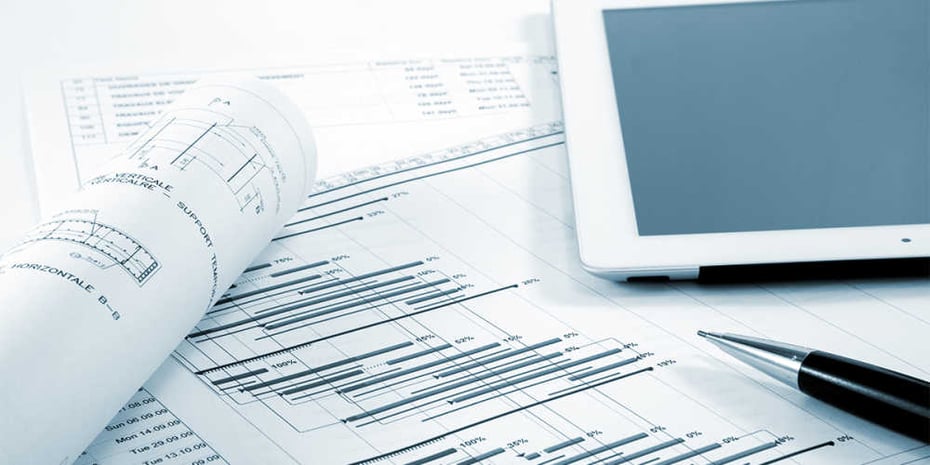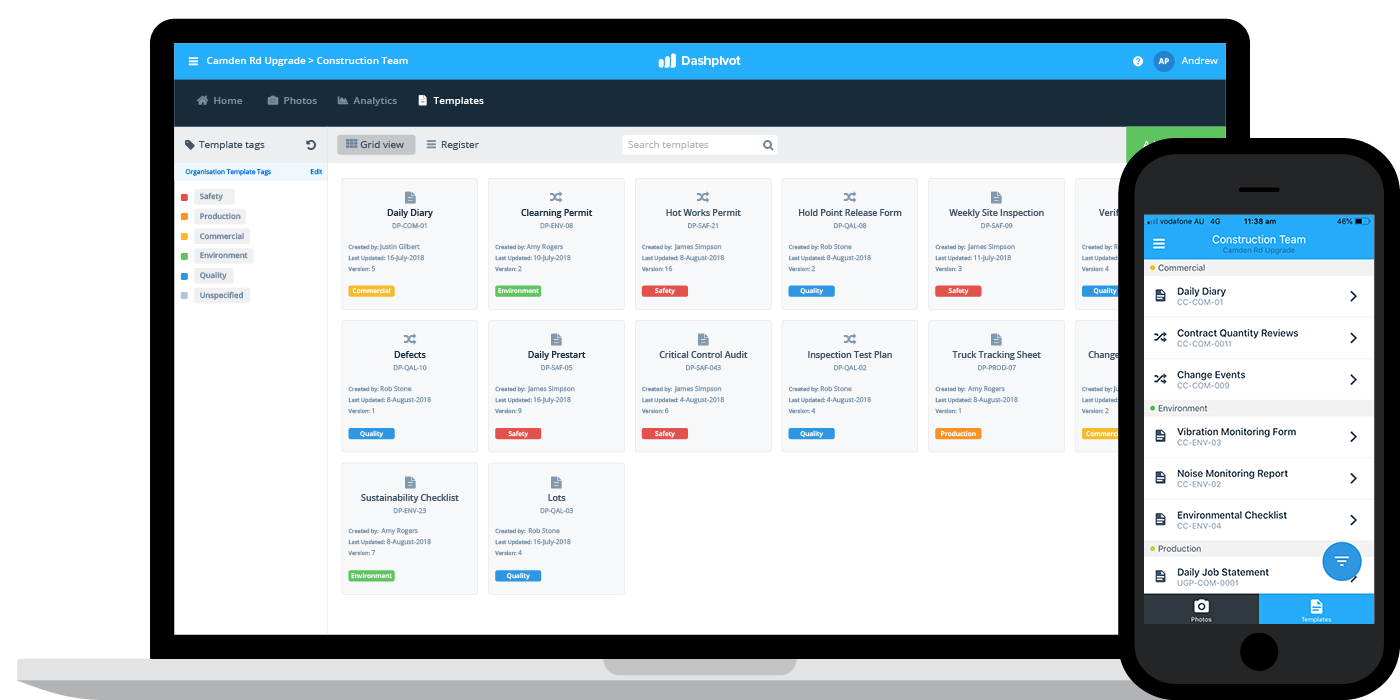Engineer's Overview to Enhancing Building And Construction Document Monitoring for Efficient Task Execution
In the intricate world of design and construction, the reliable management of job documentation stands as a cornerstone for success. Architects are entrusted with juggling a myriad of illustrations, agreements, requirements, and records, all crucial components for bringing a project to fruition. The procedure of organizing, sharing, and keeping these records can often become a labyrinth of inefficiencies and problems if not managed diligently. By discovering systematic approaches, ingenious devices, and sector ideal practices, designers can not just simplify their record monitoring procedures yet additionally lead the way for a lot more reliable task implementation. Allow's browse via the essential strategies and options that can transform how architects handle building and construction paperwork, making certain jobs are delivered with accuracy and timeliness.
Importance of Effective Record Administration
Why is reliable record management essential for architects in the building market? Effective paper management is important for designers in the building market as it plays an essential duty in making certain the effective implementation of tasks. Designers manage a substantial variety of files, varying from style illustrations and requirements to authorizations and contracts. Correct organization and monitoring of these documents are critical to maintain job timelines, guarantee compliance with regulations, and promote reliable interaction amongst job stakeholders.

Effective paper administration makes it possible for architects to gain access to critical information immediately, track task development properly, and reduce risks related to mistakes or noninclusions. By applying structured paper administration processes, designers can improve partnership with clients, specialists, and other employee, leading to boosted task results and customer satisfaction.
Furthermore, efficient document management aids architects keep an extensive job history, allowing them to leverage past lessons and experiences discovered for future projects. In today's hectic construction industry, where timely decision-making and info sharing are extremely important, effective record monitoring is a cornerstone for success.
Techniques for Improving Document Organization
Effective document administration techniques not just guarantee job success for designers in the building sector however also lay the structure for implementing methods for enhancing record organization. To simplify file organization effectively, engineers ought to initially develop a clear identifying convention for folders and files. Uniformity in naming documents based on job stages, file kinds, and relevant info will certainly facilitate simple access and reduce confusion.
Making use of cloud-based storage space solutions can also enhance document organization by providing a centralized location for all project-related documents - construction document management. This permits staff member to access one of the most current records from anywhere, advertising cooperation and performance. Implementing version control systems better fine-tunes record organization by tracking adjustments, preventing conflicting edits, and making certain that the current versions are constantly offered
Furthermore, producing a logical folder framework with marked subfolders for various file classifications, such as illustrations, agreements, and specs, can streamline record administration processes. Routinely examining and removing redundant or out-of-date files will certainly aid keep a lean and organized record repository, eventually boosting efficiency and project results.
Leveraging Technology Tools for Partnership
In the world of modern-day architecture, designers are progressively counting on innovative innovation devices to cultivate smooth partnership amongst task stakeholders. Cloud-based systems such as BIM 360 and Procore enable real-time access to job records, allowing customers, specialists, and designers to work together efficiently regardless of their physical location.
Virtual layout and building and construction (VDC) software program like Revit and AutoCAD Design allow designers to produce comprehensive see 3D designs that can be click here to read shared and edited collaboratively. This real-time cooperation improves design precision, control, and visualization, bring about much better decision-making throughout the project lifecycle. In addition, interaction devices like Slack and Microsoft Teams offer instant messaging, documents sharing, and video clip conferencing capacities, promoting seamless interaction amongst group participants and stakeholders.
Ensuring Accuracy and Variation Control

Reliable version control additionally helps in taking care of file authorizations and making sure that only licensed employees make adjustments. Engineers ought to develop clear protocols for recording changes, consisting of timestamps and user recognition, to develop an audit path for liability. Regularly connecting with the project group regarding version updates and adjustments is necessary to prevent complication and preserve positioning throughout the building and construction process.
Finest Practices for Paper Sharing and Gain Access To
Having actually developed a durable system for version control in building and construction document administration, engineers can currently focus on enhancing record sharing and access techniques to improve cooperation and performance among project stakeholders. These platforms use real-time access to job records, enabling team members to check out, edit, and comment on data at the same time.
Moreover, executing role-based access control is important look at more info for maintaining information protection while promoting cooperation. Designating different permission degrees to employee ensures that delicate info is only accessible to accredited workers. On a regular basis updating access permissions based on project demands and team modifications is important for maintaining information integrity.
Incorporating project monitoring software application with file sharing systems can likewise simplify process. This integration permits for seamless interaction, job tracking, and record administration within a single user interface, reducing the need to switch in between several tools. By following these finest methods, engineers can develop an extra efficient and joint paper sharing environment, ultimately bring about effective project implementation.

Final Thought
Finally, reliable building paper management is essential for successful task implementation. By executing techniques for organization, leveraging modern technology tools for collaboration, ensuring precision and version control, as well as adhering to finest practices for record sharing and gain access to, designers can streamline their operations and improve total task efficiency. Focusing on these elements of document administration will bring about smoother job execution and far better end results for all stakeholders included.
Efficient paper management is crucial for designers in the construction market as it plays a crucial function in making certain the successful implementation of projects. construction document management. Correct organization and administration of these documents are vital to maintain task timelines, guarantee conformity with policies, and facilitate efficient communication amongst project stakeholders
Reliable file management practices not just guarantee project success for engineers in the building and construction market however also lay the structure for carrying out techniques for simplifying paper organization. One crucial method is establishing a centralized document repository where all group members can access the most current variations of illustrations, specs, and various other task documents.Having established a robust system for version control in building paper monitoring, engineers can currently concentrate on optimizing file sharing and gain access to approaches to enhance collaboration and effectiveness amongst task stakeholders.